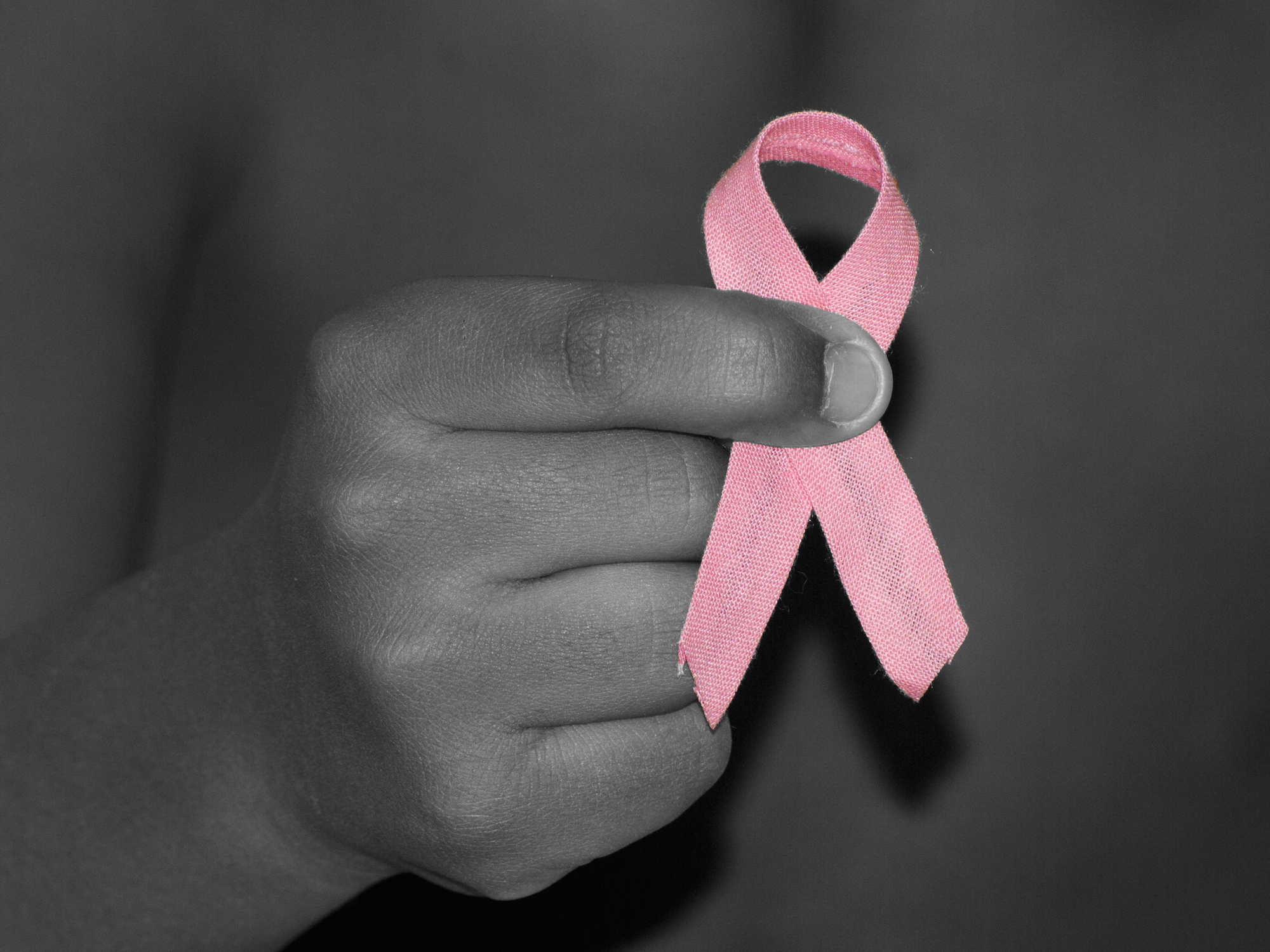Get Easy Health Digest™ in your inbox and don’t miss a thing when you subscribe today. Plus, get the free bonus report, Mother Nature’s Tips, Tricks and Remedies for Cholesterol, Blood Pressure & Blood Sugar as my way of saying welcome to the community!
Keep things dark to lighten your breast cancer risk

Maybe you’re used to light from street lamps streaming into your bedroom window every night…
Or bright lights beaming down on you from car dealerships, grocery stores and big box retailers’ parking lots as you go for an evening drive.
But there’s a dark side to living somewhere with a lot of artificial outdoor light…
It increases your breast cancer risk.
In fact, researchers from Harvard T.H. Chan School of Public Health recently found that women with the highest exposure to outdoor lighting had a 14 percent higher risk of developing breast cancer.
These results are alarming — especially since exposure to outdoor lighting is a problem faced by a heck of a lot of women. It affects pretty much everyone except those living in very rural areas.
“In our modern industrialized society, artificial lighting is nearly ubiquitous,” said lead author if this latest study Peter James, assistant professor at Harvard Medical School’s Department of Population Medicine at Harvard Pilgrim Health Care Institute. “Our results suggest that this widespread exposure to outdoor lights during nighttime hours could represent a novel risk factor for breast cancer.”
Shining a light on this unusual breast cancer risk factor…
Harvard’s study is the most comprehensive study ever to examine the connection between outdoor lighting and breast cancer risk. It included data from close to 110,000 women who were enrolled in the Nurses’ Health Study II from 1989-2013.
Researchers compared the health data from the Nurses’ Health Study with satellite images of the earth that showed how much outdoor lighting individual participants were exposed to. Those who fell in the top fifth when it came to outdoor light exposure had a 14 percent higher risk of breast cancer than those who fell in the bottom fifth. The risk was highest of all among women who worked night shifts.
Now, you should know, the increased breast cancer risk only applied to women who were premenopausal and were smokers at some point in their lives. But that still includes a heck of a lot of women. And it leaves you wondering, why is there a connection at all?
Based on previous research, researchers believe the most likely culprit behind this unusual cancer risk factor is body clock disruption. Basically, exposure to light at night may decrease levels of the sleep-inducing hormone melatonin in your body, which throws your circadian rhythm out-of-whack.
In fact, previous studies in mice show that exposing them to irregular light patterns or altering their body clock through gene manipulation makes them more prone to cancer…especially aggressive, fast-growing tumors.
On the flip side, previous studies also show that melatonin has cancer-fighting abilities. It can boost the effectiveness of conventional breast cancer treatments by wiping out breast cancer cells they miss.
Now, since your body’s production of melatonin is regulated by how much light you’re exposed to, is it any wonder that breast cancer and evening outdoor lighting exposure are connected?
I think not.
What can you do?
Now, you may be wondering…
Short of going off-the-grid, what can you do to keep your outdoor lighting exposure (and breast cancer risk) down?
Well, getting blackout curtains or blinds is a good starting point. Limiting exposure to certain indoor lights at night (like the blue light from TV screens, smartphones and computers) can help keep your circadian rhythm in order too. And steer clear of alcohol and caffeine in the evening, because both of those beverages will hamper healthy melatonin levels.
You may also want to consider taking a melatonin supplement at night. Research suggests it can cut your breast cancer risk while giving you a better night’s sleep to boot.
Editor’s note: Discover how to live a cancer prevention lifestyle — using foods, vitamins, minerals and herbs — as well as little-known therapies allowed in other countries but denied to you by American mainstream medicine. Click here to discover Surviving Cancer! A Comprehensive Guide to Understanding the Causes, Treatments and Big Business Behind Medicine’s Most Frightening Diagnosis!
Sources:
- “Outdoor light at night linked with increased breast cancer risk in women.” — MedicalXpress. Retrieved August 22, 2017.
- James, et al. “Outdoor Light at Night and Breast Cancer Incidence in the Nurses’ Health Study II.” — Environmental Health Perspectives, 2017.
- Papagiannakopoulos, et al. “Circadian Rhythm Disruption Promotes Lung Tumorigenesis.” — Cell Metabolism. 28 July 2016.
- Sabzichia, et al. “Sustained release of melatonin: A novel approach in elevating efficacy of tamoxifen in breast cancer treatment.” — Colloids and Surfaces B: Biointerfaces. 1 September 2016. 145; 64–71.
- V. Jardim-Perassi, et al. “Effect of Melatonin on Tumor Growth and Angiogenesis in Xenograft Model of Breast Cancer.” — PLoS ONE, 2014; 9 (1).
- Cutando, et al. “Role of melatonin in cancer treatment.” — Anticancer Research. 2012 Jul;32(7):2747-53.












